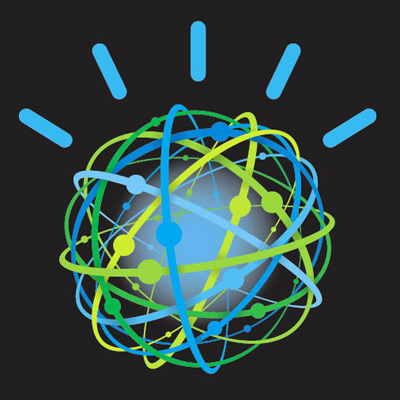This year I spent Valentine’s Day with Watson. Watson, of course is IBM’s super computer that is competing on Jeopardy against accomplished champions of the game show. The three-day event aims to show-off Watson’s computer skills and ability to answer natural language questions. So far, so good. And I am in love.
Watson’s potential for the world of computing and artificial intelligence are exceptional. By advancing natural language content and processing, everything from health care, education, to business analytics and productivity can be enhanced. I have big plans for natural language processing and semantic technologies.
First, let me clarify. The goal of Natural Language Processing (NLP) is for computers to be able to analyze, understand, and generate languages that humans use naturally, so that eventually you will be able to address your computer as though you were addressing another person. Similarly, semantic technology is used to help organizations manage, integrate and gain intelligence from multiple streams of unstructured data and information.
I know that some people fear a world overtaken with auto-bots and computer overlords. I, however, am very eager for it, assuming that it works to makes life more efficient. There are many ways that NLP and semantic technologies can make things better. Right now, semantic technologies are hard at work recommending stories based on your reading history, suggesting advertisements based on your interests, and presenting you with the most accurate and relevant search results. But semantic technologies can’t handle open-domain question answering well. Enter NLP.
From an educational perspective, such technologies can provide ways for classrooms to interact in more productive ways. A recent conversation with a French teacher friend of mine revealed that as cool as SmartBoard and Polling technologies are, they are still lacking. In her case, she could only ask students to respond to multiple-choice questions, sometimes making interactive quizzes more of a hassle than they’re worth. In the same way that semantic technologies can recognize you based on your history, what if a SmartBoard could know you from the way you write the letter A or the hearts over your I’s? Then a teacher could ask students to write actual answers rather than just choosing A, B, C or D and the system could interpret results based the historical data of your handwriting.
For my first job out of college I built surveys in a software platform called Teleform, a revolutionary technology that allows content to be captured and processed merely by scanning it. While it is very helpful for processing and analyzing hundreds of multiple choice or Likert-scale questions, when it came to open-ended answers, it was still a manual process, requiring lots of time and money.
Sure, NLP and semantic technologies can seem scary, especially when mere mortals with extreme intelligence are crushed in its presence. But, when you stop to think of the ways that these technologies could simplify they way you work — not because you’re lazy — but because you long to be innovative AND productive — it’s easy to get to caught up in the excitement.


One thought on “Why I Love Semantic Technologies”